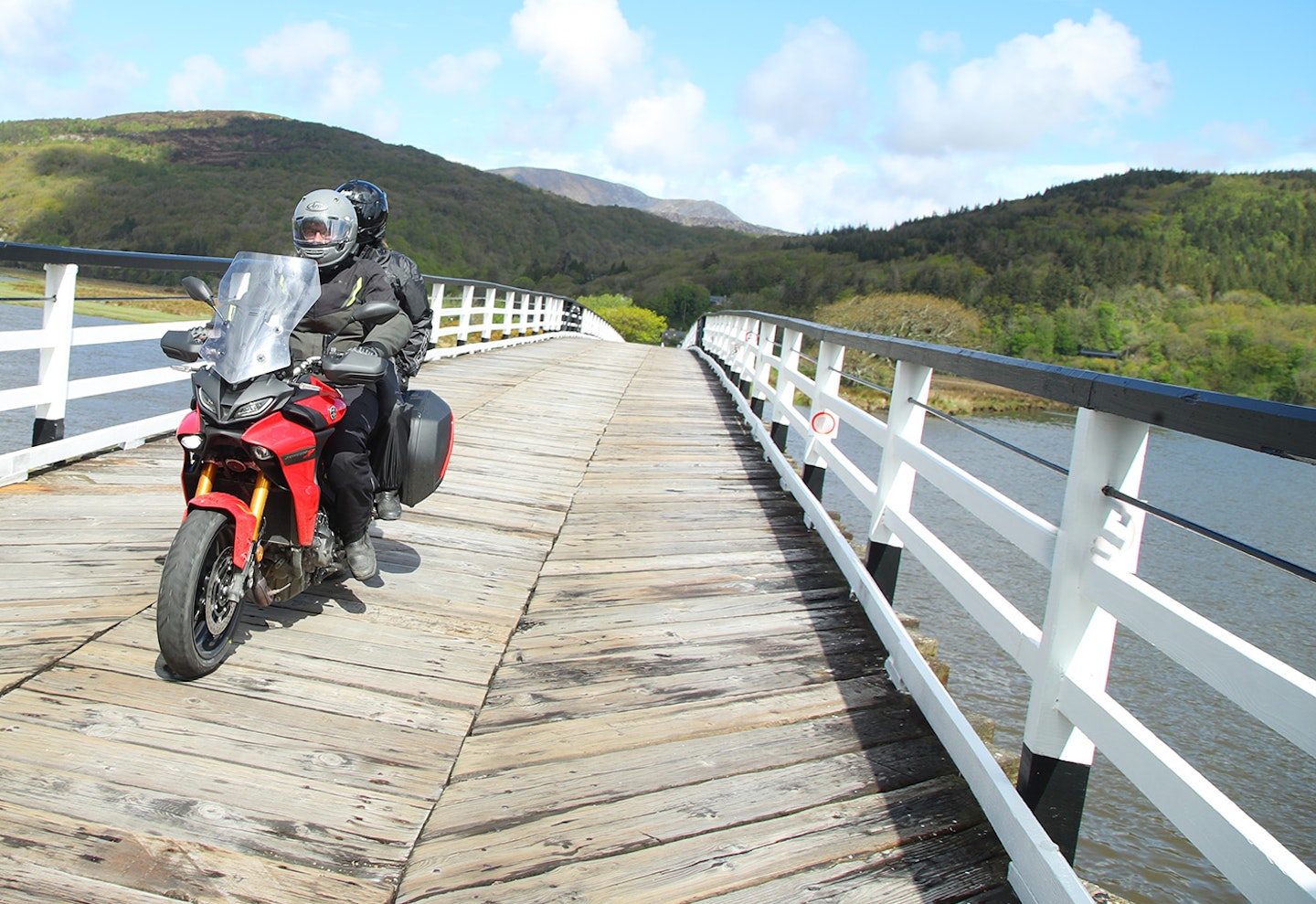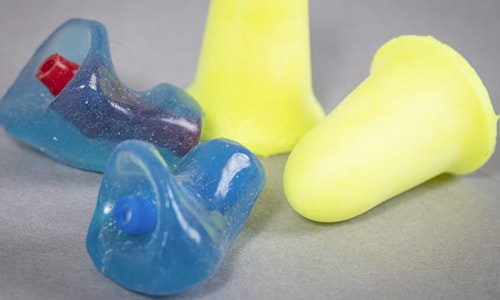Riding advice
Whether you’re about to start learning to ride, you’re fresh in the saddle, or you’re an experienced motorcycle rider, none of us ever stop learning. Bennetts BikeSocial has some of the most valuable tips and advice for becoming an even better rider, with experts including the most advanced riding instructors, serving and retired police officers and even top motorcycle racers to help you get more from motorcycling. Riding safer doesn’t have to mean riding slower, and it certainly doesn’t mean having less fun: the more naturally you can control a motorcycle, the more you’ll enjoy it…
You might also be interested in
Best motorcycle clothing for hot weather
Motorbike Insurance for Young Riders/Learners
A Comprehensive Guide to which circuits offer Motorbike Track Days in the UK
Motorbike Insurance
What size motorcycle should I buy? | Choosing the right bike
Get the most from your membership
Motorcycle riding courses - ride better this summer
Get a quote
We search our panel of insurers to find you our best price for the cover you need

